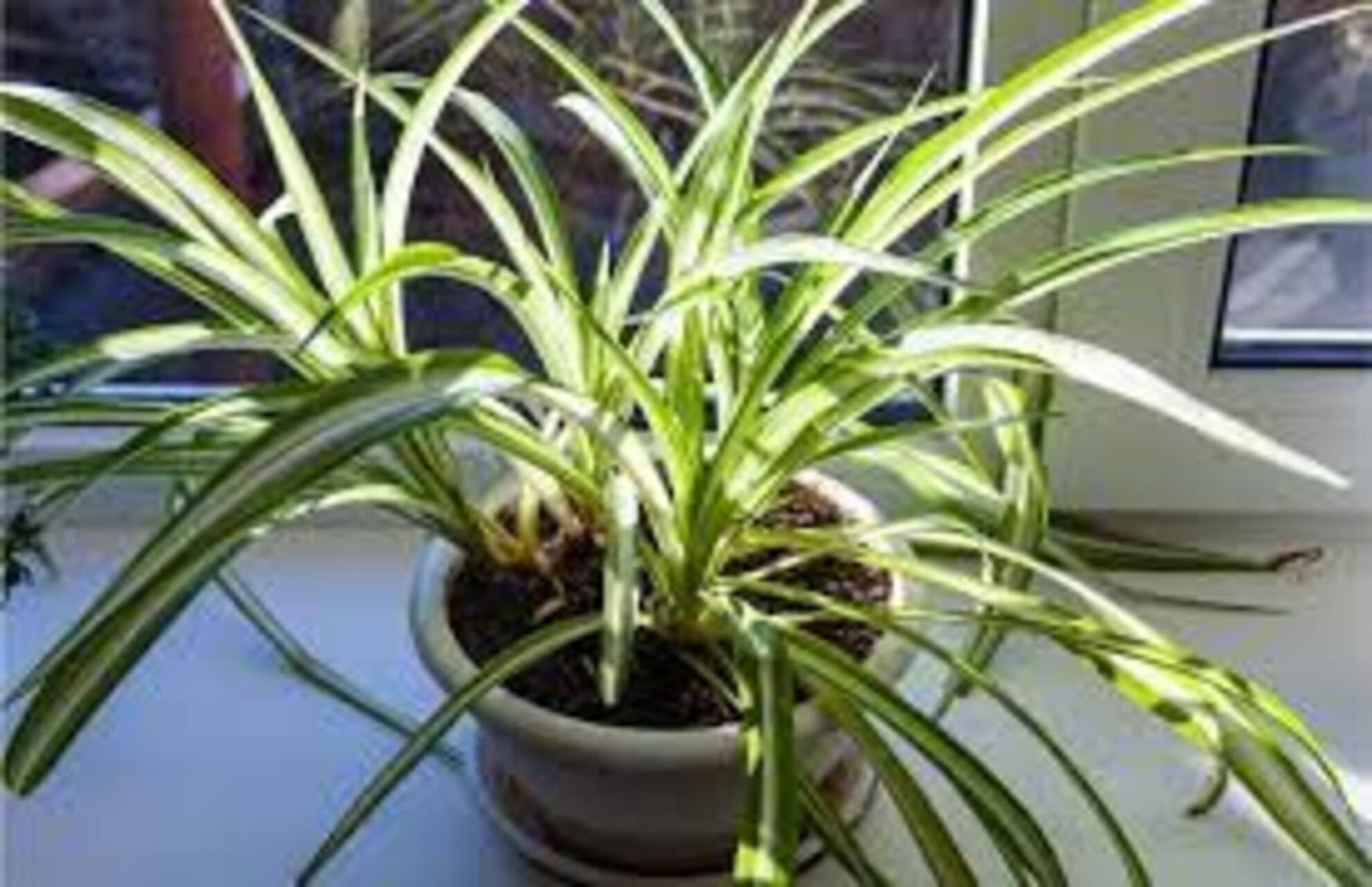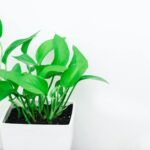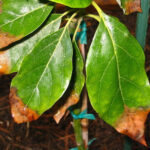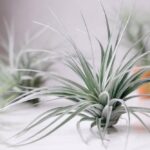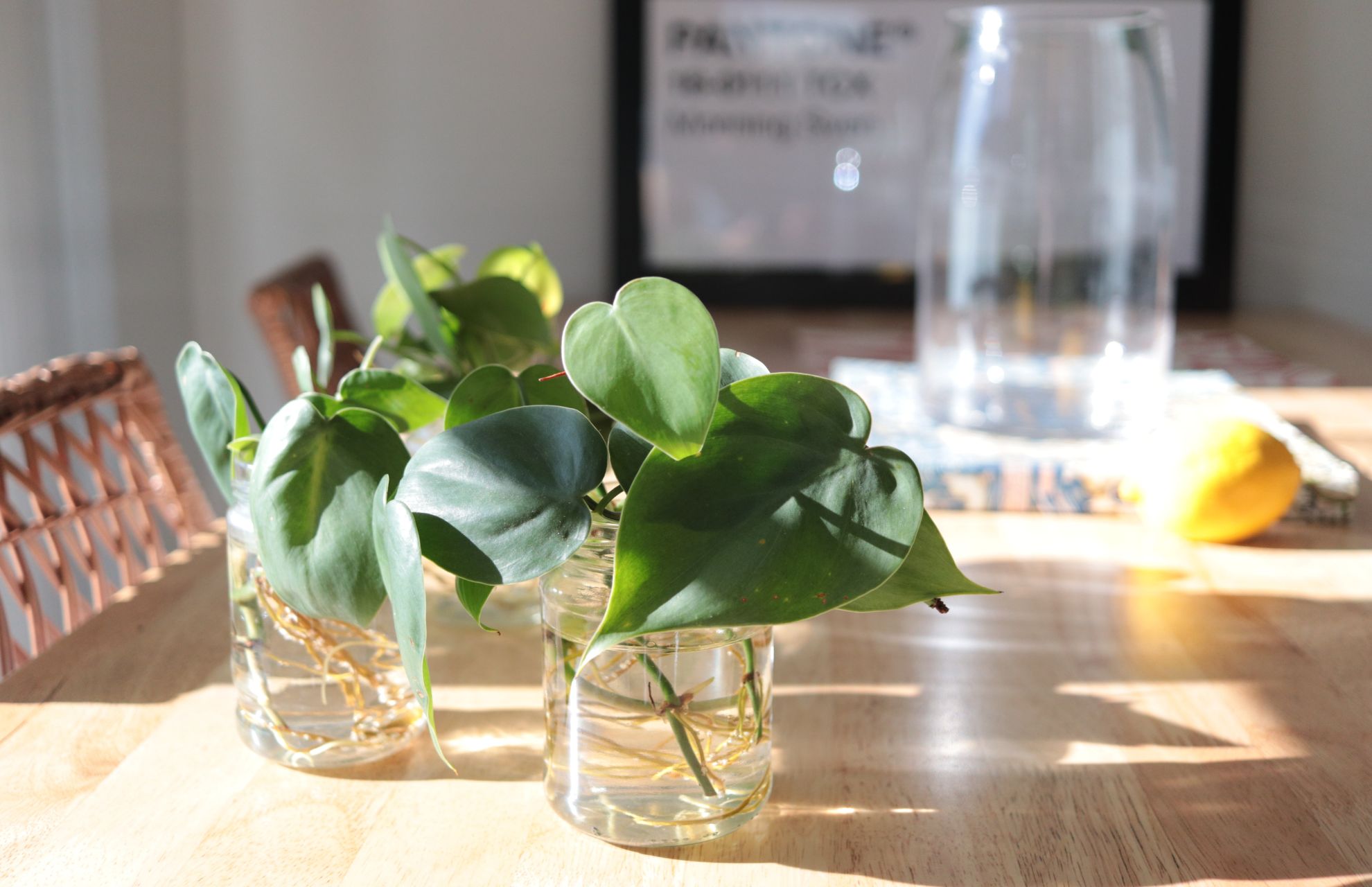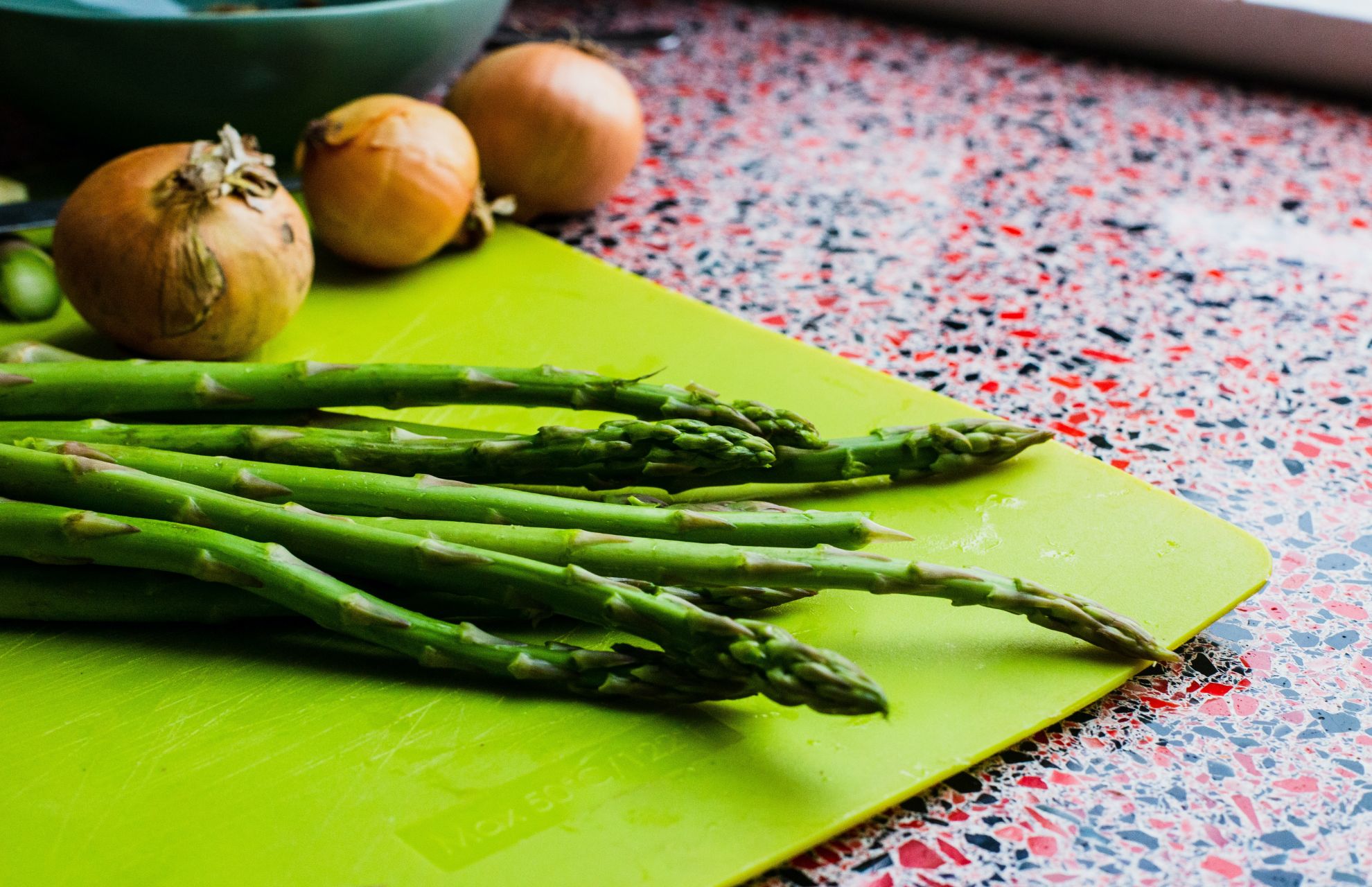One of the most well-liked indoor plants is the spider plant, Chlorophytum comosum, also referred to as the airplane plant, spider ivy, and ribbon plant. Once you have potted up your new spider plant, the leaf tips start to turn brown or black. What causes a spider plant’s brown tips? You can learn how to fix the brown tips on your spider plants by reading this article.
Reasons And Solutions For Brown Tips On Spider Plant
Stress From Overwatering Or Under-watering
Browning tips on spider plants are frequently the result of water stress, which can be caused by both overwatering and underwatering your plant.
Overwatering results in root rot, which prevents water and nutrients from reaching the rest of the plant, causing brown leaf tips. Your prized houseplant will perish if the issue is not resolved.
Your spider plant’s leaves will gradually dry out if you don’t water it enough. Chlorophytum comosum prefers soil that mostly dries out between waterings but isn’t completely dry. Your plant’s leaves will turn brown if there is insufficient moisture.
Solution: After an hour of watering, empty the drip tray into a container or pot with a hole in the bottom. Water as soon as the topsoil feels a little bit dry to the touch. When the soil dries out a little before being watered again, spider plants typically prefer it.
Fluoride Content In Water
Fluoride may eventually be toxic to your plants! When exposed to fluoride-containing water, spider plants frequently experience browning tips.
Over time, fluoride accumulates in your plant, causing health problems. Your plant’s natural photosynthesis will be hindered, and some of its tissues may even be harmed.
It will eventually exit the stomata of your plant’s leaf, causing the edges to turn brown. So check to see if fluoride is present in your tap water.
Solution: If you think fluoride is causing the browning of your plant’s leaves, make sure to regularly flush the soil with distilled water. Pour a few containers of water into your plant’s pot, and then wait a few minutes for the water to completely drain out. This will flush the soil. After it has been drained, flush it and let it run again.
Fluoride can be removed from the soil of your plant with great success using rainwater. To avoid possible fluoride toxicity, use soil with a high calcium content.
Overfertilizing Causing Salts To Build Up
Browning leaves in spider plants are also frequently brought on by salt buildup from excessive fertilization. The leaf tips of your spider plant will eventually turn brown if you give it too much fertilizer, which will also make the plant toxic and may even harm the roots.
Solution: Repotting your plant in new soil is an easy way to stop overfertilizing. Additionally, you can stop fertilizing your plant and water the soil instead. It will be restored to a balanced state by flushing out the extra salt buildup from frequent fertilizing.
During the growing season, a spider plant only requires fertilization once every three months. Feed your spider plant with a water-soluble, balanced fertilizer that has been diluted. Keep it within reason.
Too Much Sun Exposure
Placed in your outdoor garden, spider plants prefer shady areas and even moderate soil moisture. They dislike the intense sun because it becomes too hot and the soil completely dries out. As a result, be sure to put your spider plant outside in a shaded area with adequate light.
Solution: Put your indoor spider plant in a location with access to bright, indirect, or filtered light. It won’t develop any brown tips and will grow contentedly. The leaves of your plant will burn and turn brown if they are overexposed to direct sunlight.
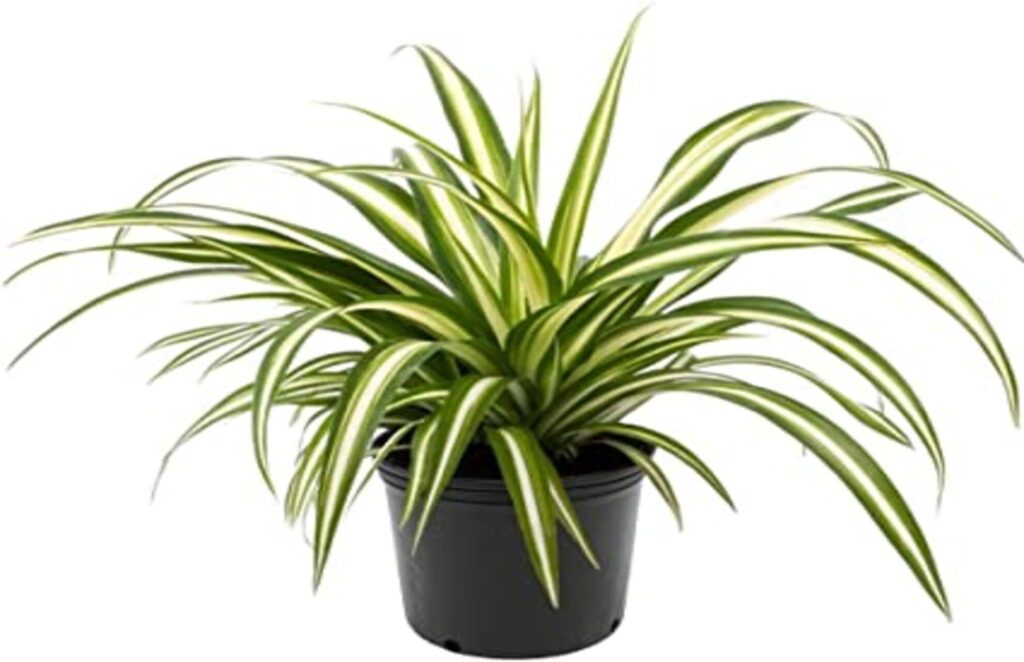
Low Humidity Levels
High humidity levels are necessary for spider plants to flourish. Your spider plant’s leaves will dry out and lose their green tips in low humidity environments. As a result, place your indoor spider plant in a room with high humidity during the winter months.
Solution: You can maintain a high humidity level during the summer by timely watering, grouping it with other houseplants, or using a humidity tray.
Diseases
A sure sign of bacterial leaf blight is when the leaves of your spider plant turn black. On the leaf tips, it first appears as light spots that gradually turn brown and then black. Overly hot and humid conditions frequently lead to bacterial leaf spots.
Solution: Avoid overhead watering and remove any damaged foliage to stop the spread of this disease. You will regrettably have to get rid of your plant if the disease has spread to the stems because it will die and may infect other houseplants in your garden.
General Spider Plant Care
The spider plant can appear to be a difficult plant to grow because of all the potential issues mentioned above. No need to worry—it’s really not! Actually, it’s one of the simplest indoor plants available. It’s a fantastic choice for beginners despite its propensity to turn brown at the tips when something is off.
Providing a stable environment with a good balance between water and light is essential for any indoor plant.
Here are some general guidelines for caring for spider plants:
- Water: Don’t let the soil completely dry out; the species prefers its soil to be just barely moist.
- Light: A spider plant will prefer bright but indirect light because it is a plant that typically grows in the underbrush.
- Soil: Although adding a little perlite to regular houseplant potting soil does significantly improve drainage, it should still be perfectly adequate. Use a planter that has drainage holes, please.
- Propagation: Few indoor plants are as simple to multiply as the spider plant! View the complete spider plant propagation guide.
- Pet safety: If you have pets in your house, you can grow spider plants without worrying. They appear to be particularly popular with cats, perhaps as a result of the hallucinogenic properties that are similar to catnip. See the article on spider plants for cats for more information.
Should I Cut The Brown Tips Off My Spider Plants
No, you are not required to remove the brown tips, but you are welcome to do so. The plant is not harmed or damaged by brown tips on its own.
They are simply dead tissue on the plant that dries out, in some cases becomes papery to the touch, and falls off upon contact. The underlying problem that is causing this can be resolved, but the old leaves won’t go away on their own.
Take a cue from those who take care of office plants and remove the brown tips. During this process, make a cut at an angle that resembles the leaves a natural tip.
Although the browning won’t be as pronounced as the original browned tips, the ends will dry up similarly to a wound that has been closed.

